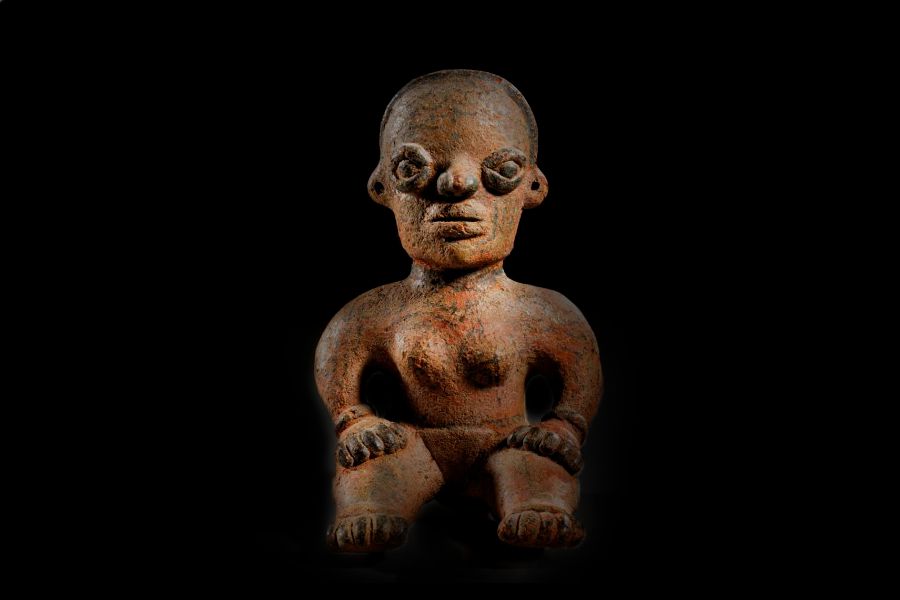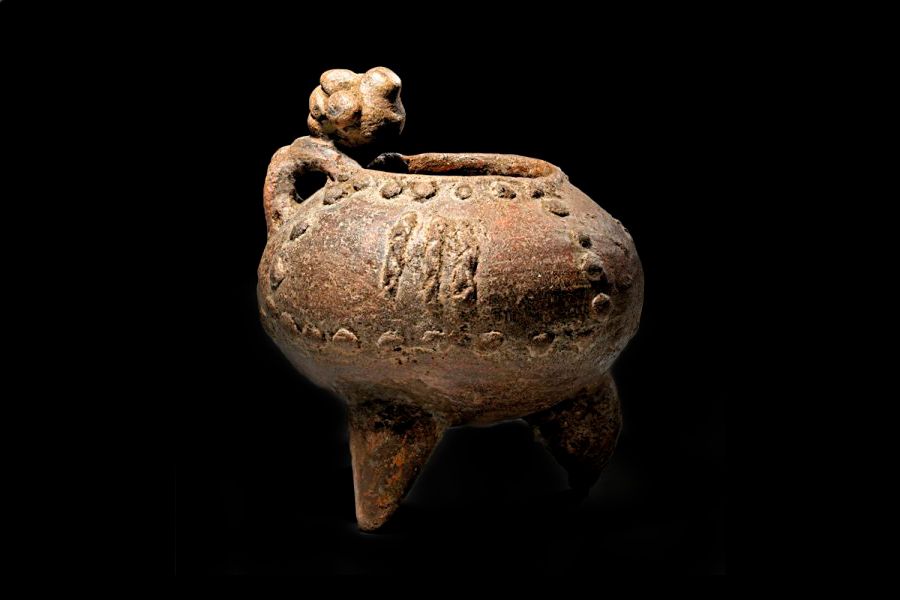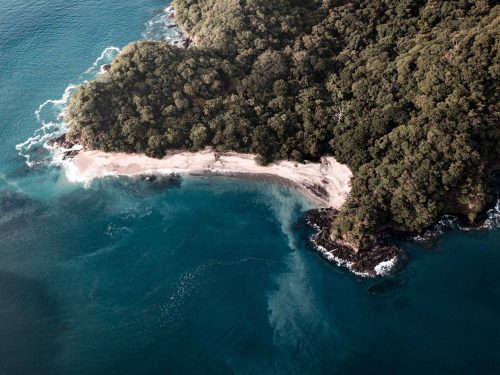
Fifty-two pieces of pre-Columbian art from Costa Rica are up for auction in Germany as of yesterday. Most of them are ceramic pieces from Guanacaste and are considered national heritage.
This was confirmed by the head of the National Museum of Costa Rica’s department of cultural heritage protection, Marlin Calvo, who added that the institution and the Foreign Ministry initiated a process to claim them from the Gerhard Hirsch Nachfolger auction house, based in Munich. According to the Foreign Ministry, they also asked the German Federal Ministry of Foreign Affairs for support to investigate whether there is proof of legal possession of the pieces.
They processed the request with nine countries in the region since the art collection being auctioned includes more than 300 pieces of pre-Hispanic art from cultures originating in countries such as Mexico, Guatemala, Costa Rica, Colombia, Ecuador and Peru. According to Calvo, they haven’t heard back from the Costa Rican Embassy in Germany.
The process, however, was of little use. The pieces began to be auctioned off yesterday, as planned by the auction house, at prices between 150 euros ($176) and 100,000 euros ($117,412).
The 31 pieces from Guanacaste still available as of 5 p.m. on Wednesday, September 22 are listed for amounts between 150 euros ($176) and 2,000 euros ($2,348).
In addition to the 52 original pieces, the National Museum identified six Costa Rican pieces for auction that are not original.
“The photographs [from the auction site] are of very good quality and allow for zooming in to see details,” explained Calvo regarding the verification process. They analyzed the raw material, the decoration and the shape. “I analyzed them and verified it with another colleague,” specified Calvo.
The objects have a historical-cultural value for the country. “They represent our own cultural heritage,” explained archaeologist Anayensy Herrera.
Collectors don’t care about it being heritage,” she added. “What they care about is art and they give it an economic value. We [Costa Ricans] see it not only from the point of view of legislation but also from the value that we Costa Ricans give to a cultural heritage.”
Business and Legality
Faced with international questions from several countries in the region, Gerhard Hirsch Nachfolger issued a statement in which they affirmed that they have certification of the legal presence of the pieces in Germany.
The head of heritage protection questions that completely. “It’s impossible for them to have [the pieces] legally,” she said. “If they have documents, we have to verify them, but when the museum gave export permits many years ago under the protection of the 1938 law, official documents were issued.”

On the website, the auction house specifies that this figure from Guanacaste measures 16.8 centimeters (6.6 inches) and that it dates back to 500 to 1,000 years after Christ. Photo: Taken from the Gerhard Hirsch Nachfolger website
The result probably won’t be successful. First, because some of the pieces have already been sold and, on the other hand, because Germany is one of the countries that legally protects the economic activity of auction houses, according to Calvo. even in these cases. “We probably won’t recover them,” she lamented. “[Germany] is one of the most difficult countries for the recovery of heritage.”
Article 7 of the law that regulates property, exploitation and commerce of archaeological relics establishes that the National Museum of Costa Rica keeps a registry of all archaeological monuments and objects.
According to that regulation, all objects are the property of the State. If someone has one, that person must prove with papers that it was acquired before the law went into force. “If you received an inheritance, it has to be in the will, for example,” explained Calvo. “But if someone doesn’t have any documentation of the possession of pre-Columbian pieces, they should be handed over,” she explained.







Comments